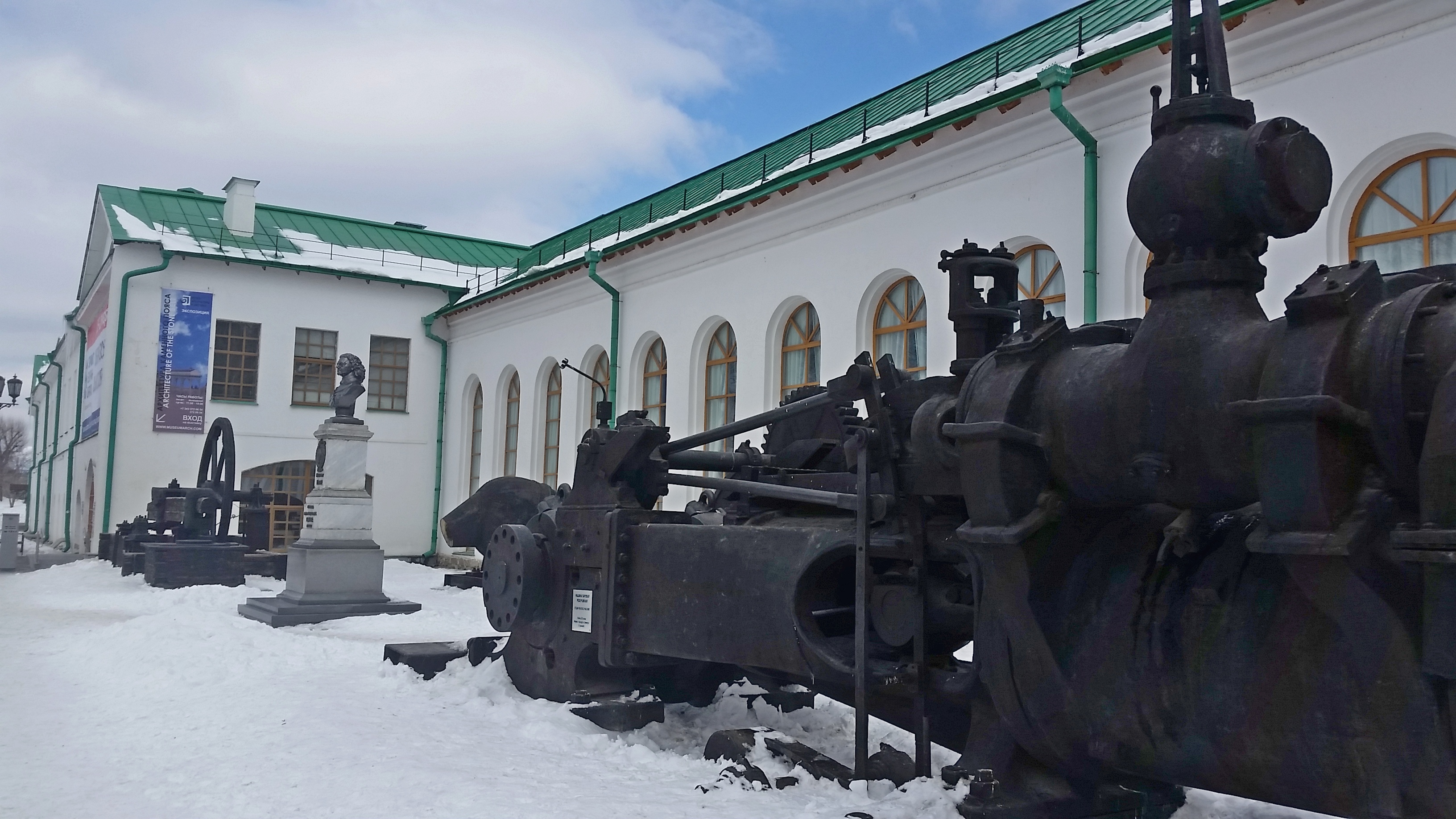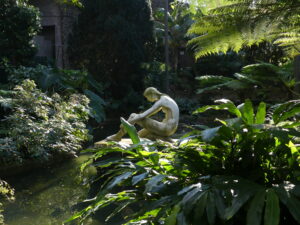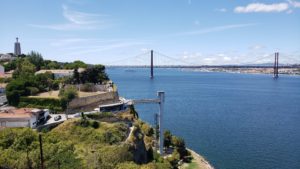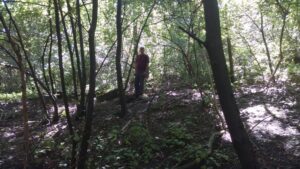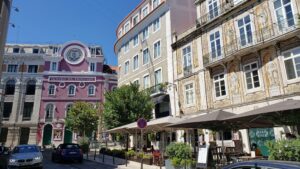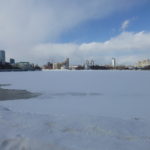
Yekaterinburg began in 1723 with a dam made of Ural larch, one never replaced till this day. It was a planned city, named in honor of Queen Catherine I, and organized as a factory town for metal-working, where the factories ran by the power of the fast flowing water in the canal below the dam. The developers laid out the streets in a rectangular grid, the iron-like rational layout of the enlightenment. They surrounded it with fencing so it also served as a fort, a bastion for the Russians against threats from the east. Once roads and then trains connected it, the city’s strategic value became more economic than military – and so it is today.

Most of the factories have been demolished though a few remain, including one that now houses a museum of architecture and design. We thought the museum befit such a planned city, especially as it honors the iron-works industry. Across the canal is the new building of the Museum of Fine Arts added on to some older ones. There you can see the city’s crowning glory from the industrial age, the Kasli Iron Pavilion built for the 1900 Paris exposition. The rest of this unusual Historic Square – along with the more natural river below the Square and the reservoir above the dam – has been turned into urban parkland.

The city prospered in Soviet times because of its plentiful water, the trade routes that had evolved to connect it with east and west, plus manufacturing that took advantage of its skilled worker base.
Yet our purpose for being in Yekaterinburg was to take a break from the Trans-Siberian train ride, the longest in the world at 5 to 6 days, they say. The city was recommended to us by an experienced Russian traveler, who proved correct.
It’s certainly a major train stop for long hauling of materials as well as passengers. Even in the middle of the night, at least a dozen long distance trains stopped for passenger pickups and drop-offs including the famous Rossiya Trans-Siberian out of Moscow, which we were catching at 3:30am to continue on to Irkutsk.

In modern history, we discovered, Yekaterinburg played an important, if bloody, role. The Romanov line of Tsars ended here in 1918, just to the north of the Historic Square, as Nicholas, Alexandra and their children were killed in the home of a prosperous merchant, Ipatiev. The Communist Soviet era began.
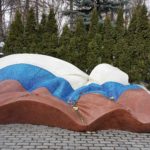
In 1990, Boris Yeltsin, who grew up in the district around Yekaterinburg, became the first democratically elected President of the country. With the return of nostalgia for the Tsarist period and the revival of religion in Russia, he later ordered the building of a memorial church. That is the archaic looking, but contemporary Church on the Blood, directly placed on the site where the royal family was assassinated. It stands adjacent to another church now converted into a Tsarist museum. Yeltsin himself is honored with a striking new center for the study of those political changes that again revolutionized Russia in the 90s.

Walking around town, you see statues dedicated to the founders, literary figures like Pushkin and musical ones like Tchaikovsky, and other local figures.
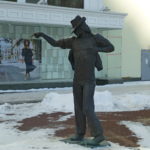
Others demonstrate how this area yearned for more than the Soviet era offered. You also find tributes to heroes of western counter-culture and freedom, like Michael Jackson, the Beatles, and Jimi Hendrix. Nor have the local men and women abandoned blue jeans, once a precious resource from the west, despite their feeble value in cold snowy climates like this.

It’s not really a fancy town, but it has maintained lots of style. As in its Historic Square, it’s been comfortable joining the old with the new on its grid of boulevards and broad avenues.

On any given street, you can find old buildings, wondrous wood houses from the 19th century appearing like fantasies alongside baroque structures and Soviet era facades; neo classical government buildings and estates of the wealthy alongside art-nouveau ones or traditional turreted Russian styles. And the street names echo the past – Lenin Prospect is a major central boulevard across town. Marx and Engels streets are two parallel, but minor, streets to the south of the center. Others are named for writers and cultural heroes like Gogol and Pushkin. The town’s Literary Quarter preserves a park square and wood dwellings where writers lived, dating from over a century ago.
The only true skyscraper is the brand new Visotskiy Tower, 52 stories tall with a viewing platform and high end restaurant. You orient yourself easily in town by locating it visually. Yet that is adjacent to several veteran hotels, the grandest of the Soviet era, like the Tsentralny where Khrushchev met with Fidel Castro, and other notables went to sleep. Or the American hotel, which hosted Chekhov much earlier.
Ipatiev’s house, where royal blood was spilt, may be gone, but the old estates live on alongside the new.
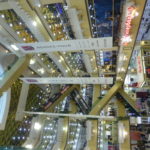
As far as we could tell, Yekaterinburg still contains a well-off middle class. Most people seemed happy and were well dressed, with the 20-somethings particularly exuberant. You couldn’t turn around in the central city without bumping into another multi-level mall or chi-chi restaurant, like the Pelmeni Club. That offered dozens of different styles of dumplings (pelmeni, varenniki, ravioli) graced by some superb sauces and excellent Russian table wine.
Culture seems to thrive as well among the young and old beyond than the many museums in town. Near the Church on the Blood, a huge neoclassical building presents the many performances of the Philharmonic Orchestra. The Opera and Ballet Theatre (near Pelmeni Club) performs a major work nightly. At a very entertaining presentation of Eugene Onegin, the audience shaded toward the young, with the gray hairs in a distinct minority. Most were dressed informally, and seemed completely engaged by the performance. Other theatres abound, including a Puppet Theatre and Music Comedy Theatre (where one production was Orpheus and Eurydice). You could see, as we passed, they were enticing even very young audiences to its shows.

Nor has the impulse for city planning and good design departed, as the Museum of Architecture and Design underscores. We saw new construction across the town, with the new blending well into the old as places like Passage, a mall converted from an older building.
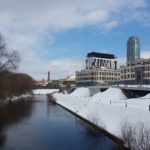
South of Historic Square, in the prime river area just below the canal, on Gogol between Engels and Karl Marx street , we passed a huge development of perhaps a dozen nearly complete buildings. Stylistically, they divided into a few groupings – colorful apartment buildings, post-modern mixed use buildings, and a very contemporary high rise, with slashing colorful panels. The complex integrates dwellings, businesses and services for the residents – yet another Yekaterinburg planned community.
(Also, for more pictures from Russia, CLICK HERE to view the slideshow at the end of the itinerary page.)


